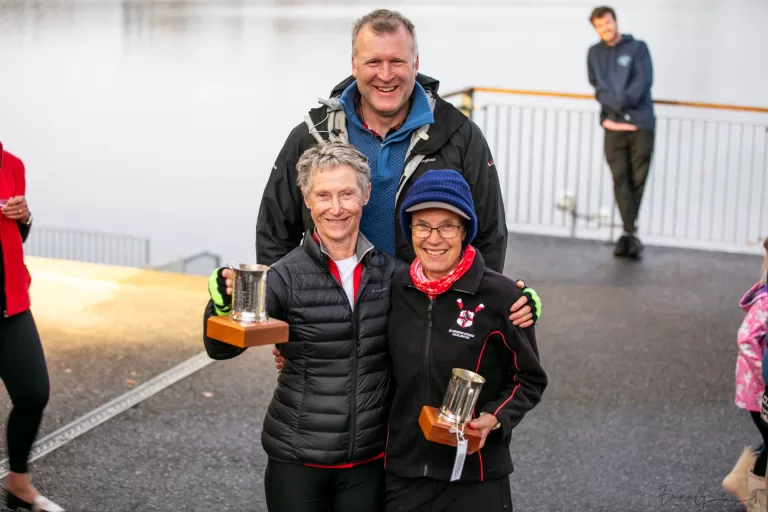Brian Parr RIP

Lesley Milne, Past President of the Legion of Rowers spoke at Brian’s funeral on Friday 4th October 2024. Good afternoon everyone – I would like to acknowledge Brian’s 40+ years of dedicated service to the Legion of Rowers. Most of…

Lesley Milne, Past President of the Legion of Rowers spoke at Brian’s funeral on Friday 4th October 2024. Good afternoon everyone – I would like to acknowledge Brian’s 40+ years of dedicated service to the Legion of Rowers. Most of…

The speakers after the 2024 Legion AGM were an intrepid group who created the foundations for womens rowing in New Zealand. Each gave a personal account of their introduction to rowing and the amazing things they achieved and the barriers…
Just back from racing at the “mega worlds” in St Catharine’s Canada, we are getting the first report back from the U19 rowers who received financial support from the Legion of Rowers. Emma Bagrie Emma designed this lovely collage for…

Thanks to everyone who filled in the survey after the North Island Masters championships. High level findings

To apply for grants here. Legion membership dues and profits from our regattas go to support U19 Junior rowing. If you would join the Legion enables more $$ to be made available in future years.

Lesley Milne (nee Keys) Lesley Milne has given nearly five decades of service to rowing. All these hours have been voluntary, over and above her day job as a primary school teacher, where she also excelled. Much of the voluntary…

Mahe Drysdale recruited his children to assist with prizegiving.

Picking your crew lineups for regatta is a delicate task for Masters group organisers and coaches. There are so many potentially “touchy” topics. Rather than present a vanilla approach, I thought it would give insight if I share the process…

CAVE CUP (Memorial) Open Mixed Four DAVE BLACKIE HANDLES Oldest Winning Double (Men) DAVE BLACKIE HANDLES Oldest Winning Double (Women) CORPORATE TROPHY Men’s Coxed Four (Recreational / New Novices) CORPORATE TROPHY Women’s Coxed Four (Recreational / New Novices) SCHOOL PARENTS…

New Zealanders are known for their innovation and this story is a unique story about innovation at the start line of races. In the mid 1980s two men created the world’s first race starting system which was used at rowing…

The 62nd Legion of Southland regatta was held in good conditions on the Oreti River – a light breeze came up late in the programme -not that that had any effect on the condition. It was only a small regatta 70 rowers competing. We…

You bag your warm up and jump straight to the hard strokes. Next you conveniently forget your post-row stretch. Cutting training corners may be tempting when you are in a rush but in the long run it won’t pay. Even…